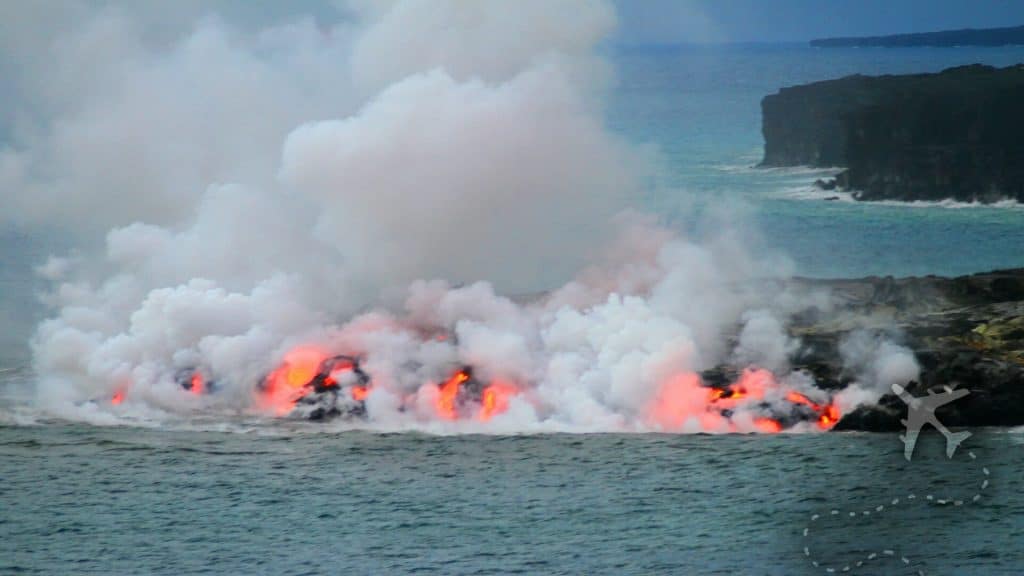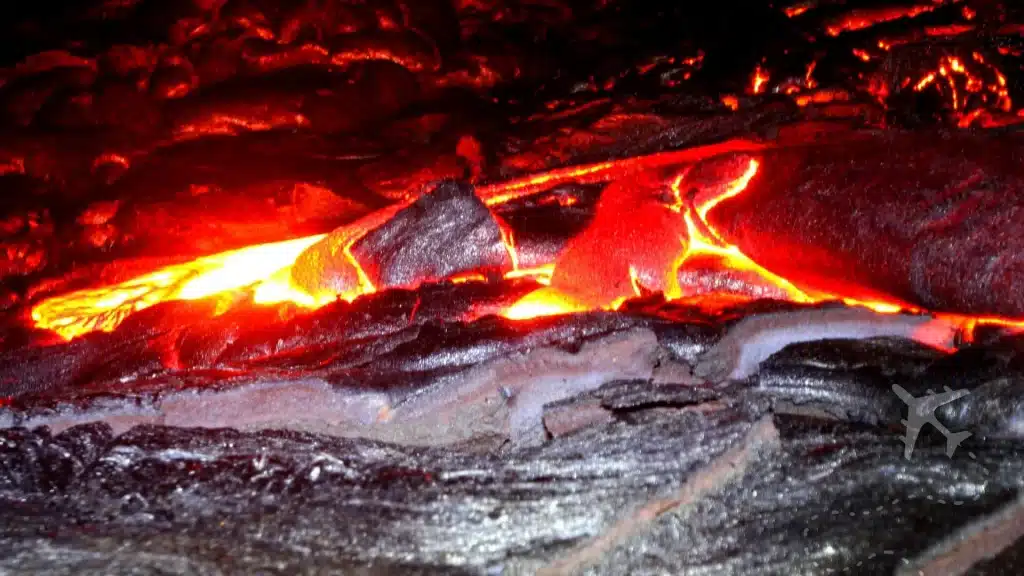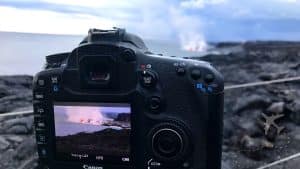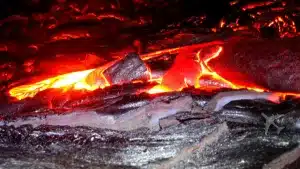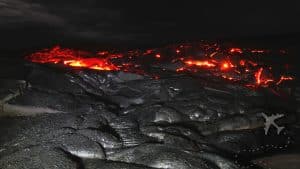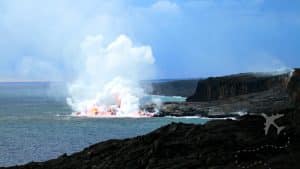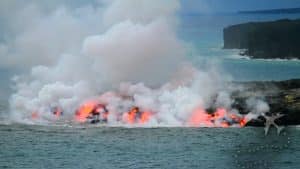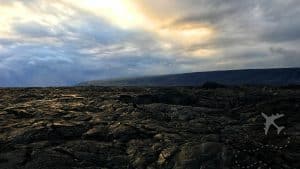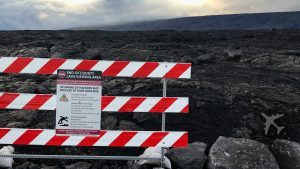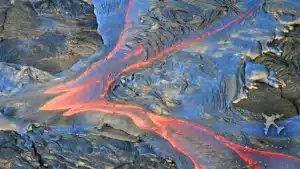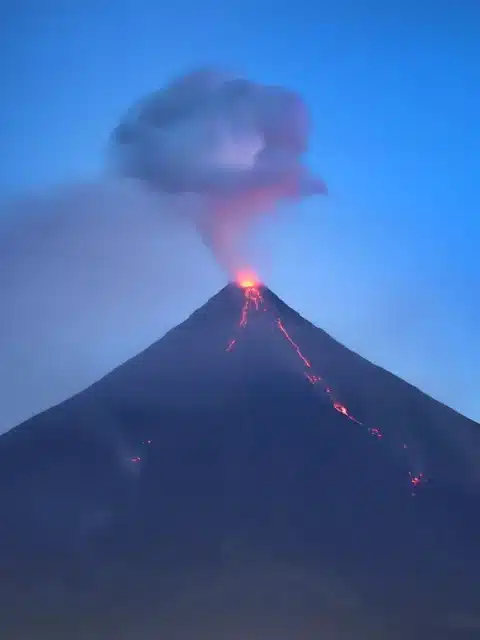Kilauea Volcano: A Thrilling Adventure on Hawaii’s Big Island
Experience the awe-inspiring power of Kilauea, Hawaii’s iconic active volcano. Witness molten lava flows, explore volcanic landscapes, and marvel at the ever-changing beauty of this natural wonder. Immerse yourself in the captivating sights and sounds of Kilauea’s volcanic activity and create unforgettable memories.
Kilauea is an active volcano located on the southern side of Hawaii’s Big Island that had been continuously erupting in an unspectacular way for decades. In 2018 Pele, the goddess of volcanoes decided to put on a badass show for the entire world to watch as the volcano erupted massive jets of steam, gas, and oozed rivers of 2,000-degree molten lava through the eastern rift zone.
The lava fields directly to the south of Kilauea are a popular volcano tourism destination to explore when the volcano isn’t doing explosive volcano things. The county’s designated viewing area is relatively safe for tourists and keeps visitors pretty far away from everything dangerous (and pretty). You’ll need a good camera and zoom lens to get pictures where the lava meets the ocean.
Through the viewfinder
Kilauea Lava Fields Uncensored
In late 2017 when I visited, Kilauea was actively erupting, so I embarked on an epic journey through the lava fields, outside of the county-marked area where there are no paths, no lights, and no signs.

The terrain throughout the lava fields is awful – you’ll likely get superficial scrapes and cuts from the volcanic glass rock. Use extreme caution when hiking as you will encounter hazardous gasses and lava lurking just under the surface.
You’re literally on your own; you have to find your way there and back. The most important thing that you must fully understand is that you have to be prepared to take this on; bring adequate water/food and multiple flashlights (headlamps are the best) with lots of extra batteries. If you get caught there after dark without a flashlight – you can’t see your hand in front of your face.
The 15-mile round-trip hike through uneven terrain covered in razor-sharp volcanic glass, jagged pumice, and deep crevasses means every step is a chance to injure yourself. For 2+ hours, you’ll jump from rock to rock and in and out of old lava trenches making your way deep into the lava fields.
There’s no guarantee you’ll find flowing lava, but you’ll know when you’re close. An intense heat emanating from the ground is your first sign you’re in the vicinity of magma. Once you can visibly see lava (no matter the distance) – the heat intensifies dramatically – similar to opening your oven door while it’s on broil.
Frequently Asked Questions
Daytime is the safest time to visit, but the busiest. For dramatic pictures, sunset and nighttime are the best. The park rangers stay past dark but if you’re stuck in the lava fields, they’ll wait to find you in the morning.
Visiting any volcano has risk, however Kilauea has had a relatively calm existence with a handful of explosive eruptions. Hiking the lava fields is an intense hike due to the uneven terrain.
Everything you need to know before you visit Kilauea Lava Fields
CURRENT WEATHER
light rain
AIR QUALITY
Good


